Table of Contents Show
Throughout the 1960s, X-Men was one of Marvel’s worst-selling publications. Just when X-Men seemed to be on the verge of cancellation, a new writer by the name of Chris Claremont was hired to revamp the title. Introducing a diverse new team of heroes, Claremont’s Giant-Size X-Men #1 was met with a positive reception. Claremont continued to helm the X-Men title until 1991 when he finally handed over creative control after a near 200-issue run.
Creating iconic characters and storylines with an emphasis on diversity and female empowerment, Claremont’s X-Men continues to be considered a franchise high-point. In this article, we’ll look at what contributed to X-Men’s surge in popularity after Claremont took over.
Pushing The Boundaries
Since Chris Claremont started writing X-Men, the series became notorious for its daring storylines no other Marvel title would explore. For starters, Claremont killed off a new team member, Thunderbird, in just his second issue. Following this, Claremont created Mutant X, AKA Proteus; Moira MacTaggert’s demonic son who had the mutant abilities of realty-warping and possession.
These bold and inventive storylines ultimately led to the death of Jean Grey after the Phoenix force turned her power-hungry and unstable. Jean’s death prompted Cyclops to leave the X-Men, though he would eventually return. To top off more than forty issues of innovative storytelling, Claremont created a parallel universe in which the X-Men are exterminated in a mutant holocaust by the Sentinels.
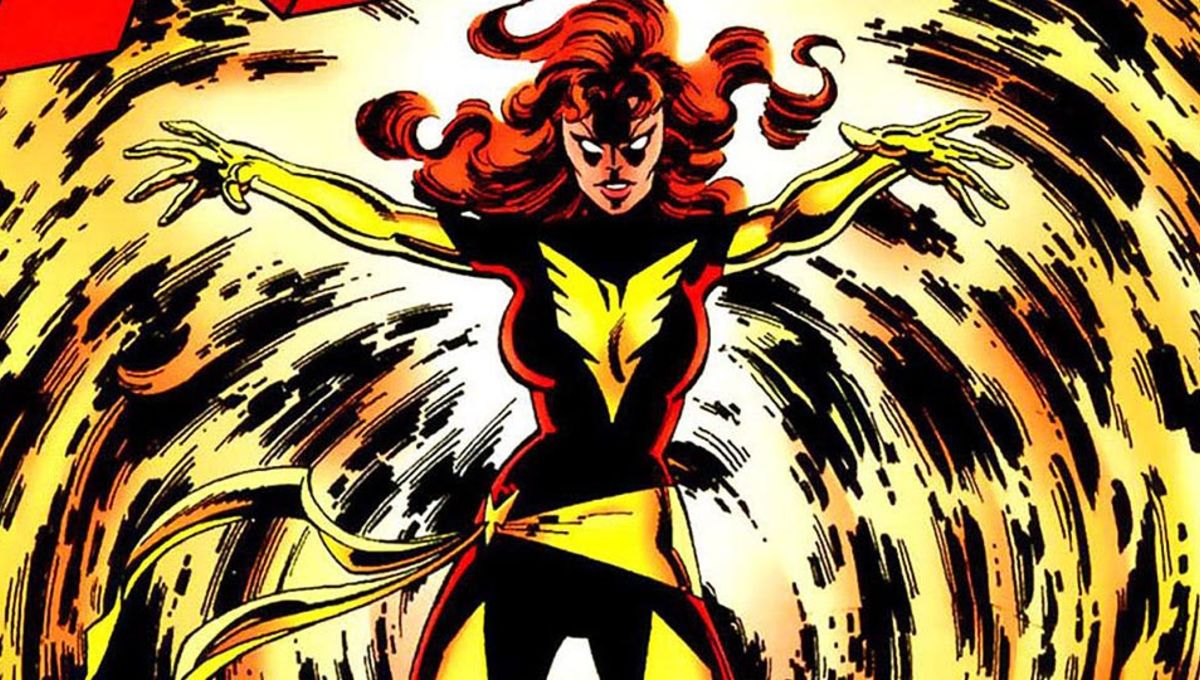
Put simply, Chris Claremont’s X-Men was the Game of Thrones of comic books. Although Jean Grey, as with most super-heroes, has come back from the dead numerous times since the conclusion of the Dark Phoenix Saga, her character didn’t first reappear for several years. Jean’s death was shocking, but Claremont impressively managed to maintain high interest in an X-Men line-up without Jean Grey and Scott Summers. Starting in X-Men #139, the team would be without its remaining founding members. This was The Avengers without Captain America and Iron Man. And yet, Claremont found ways to perpetuate X-Men’s new-found success…
Creating Worthy Villains
Putting Dark Phoenix, Mutant X, the Hellfire Club, and the upgraded Sentinels aside, Chris Claremont created some of the most iconic X-Men villains. Spanning from Uncanny X-Men #161-167, Claremont penned the “Brood” story arc. Despite the trials and tribulations up to this point, the X-Men hadn’t truly faced an off-world malevolence yet. Of course, the Phoenix Saga introduced the Shi’ar.
Nevertheless, the Shi’ar remained close allies with the gifted youngsters even after ensuring Jean Grey’s death. Conversely, the Sentinels were ruthless killing machines, but the entire storyline took place on a futuristic Earth. Claremont seemed to be interested in crafting an operatic story-arc that would engulf the X-Men’s remaining hope and optimism.
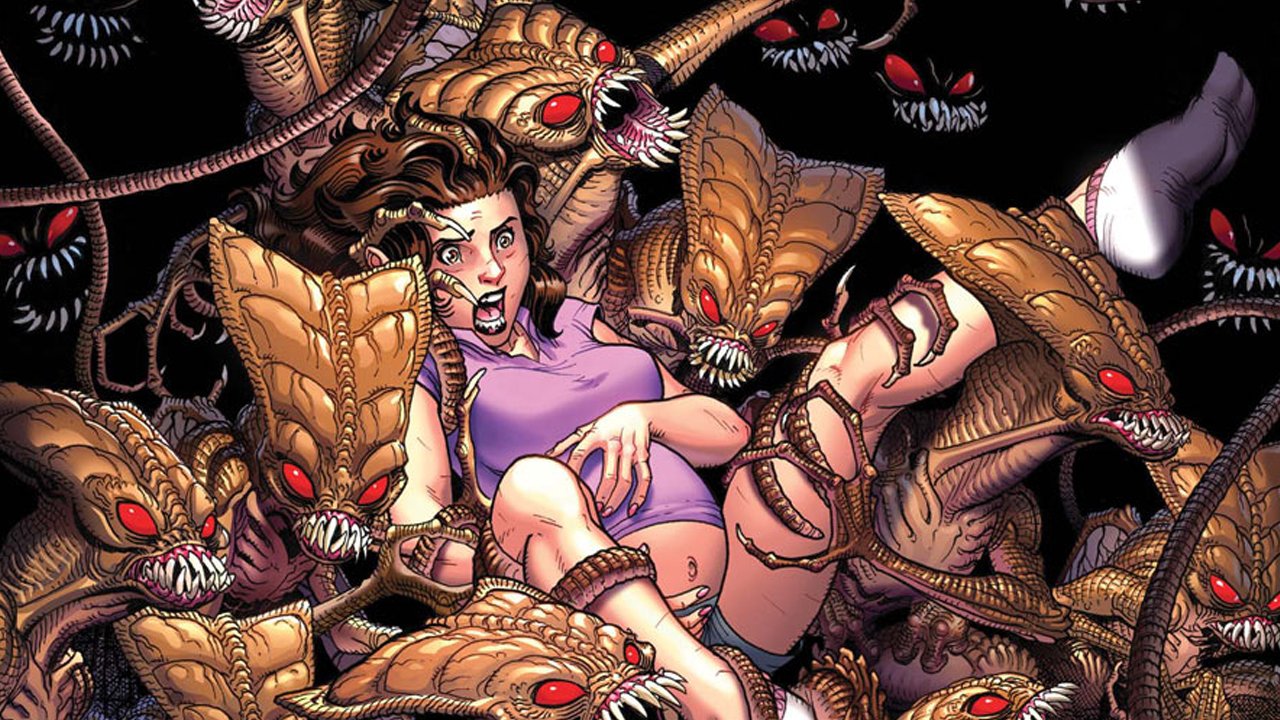
When the X-Men faced the Brood, Claremont combined the best of the Phoenix Saga and Days of Future Past. The result presented the X-Men trapped on an alien world, fighting for their lives, with a horde of terrifying insect-like aliens. Like the Sentinels, the Brood’s numbers were overwhelming, and, like the Shi’ar battle, the X-Men were in unfamiliar territory. The Brood were considered exceptionally dangerous foes even compared to the rest of the X-Men’s rogues’ gallery. After all, the Brood came into existence prior to Galactus’ emergence.
The X-Men eventually prevail against the creepy villains, but not without the help of Ms. Marvel, including her awesome transformation into the star-powered Binary. The villains Chris Claremont created still play pivotal roles in X-Men comics today. In Jonathan Hickman’s recent House of X/Powers of X series, Nimrod and Mister Sinister both feature prominently.
Upping The Ante
Nimrod, created in 1985 by Claremont, is essentially the unstoppable sentinel. Made from nanotechnology, Nimrod can manipulate his body to take any form, neutralize any superhuman’s powers, and reform himself after being destroyed. In Claremont’s X-Men series, the group never really defeats Nimrod. The X-Men manage to fend him off several times (first using Rogue to combine the X-Men’s might against Nimrod and then uniting with the Hellfire Club to subdue him), but the battles are all extremely costly. Failing to ever fully destroy Nimrod, the X-Men eventually ally with him when he reveals he has evolved beyond hating mutants. The resolution is a bit of a cop-out, but Nimrod returns to destroy the X-Men in full force years later, nearly-defeating them.
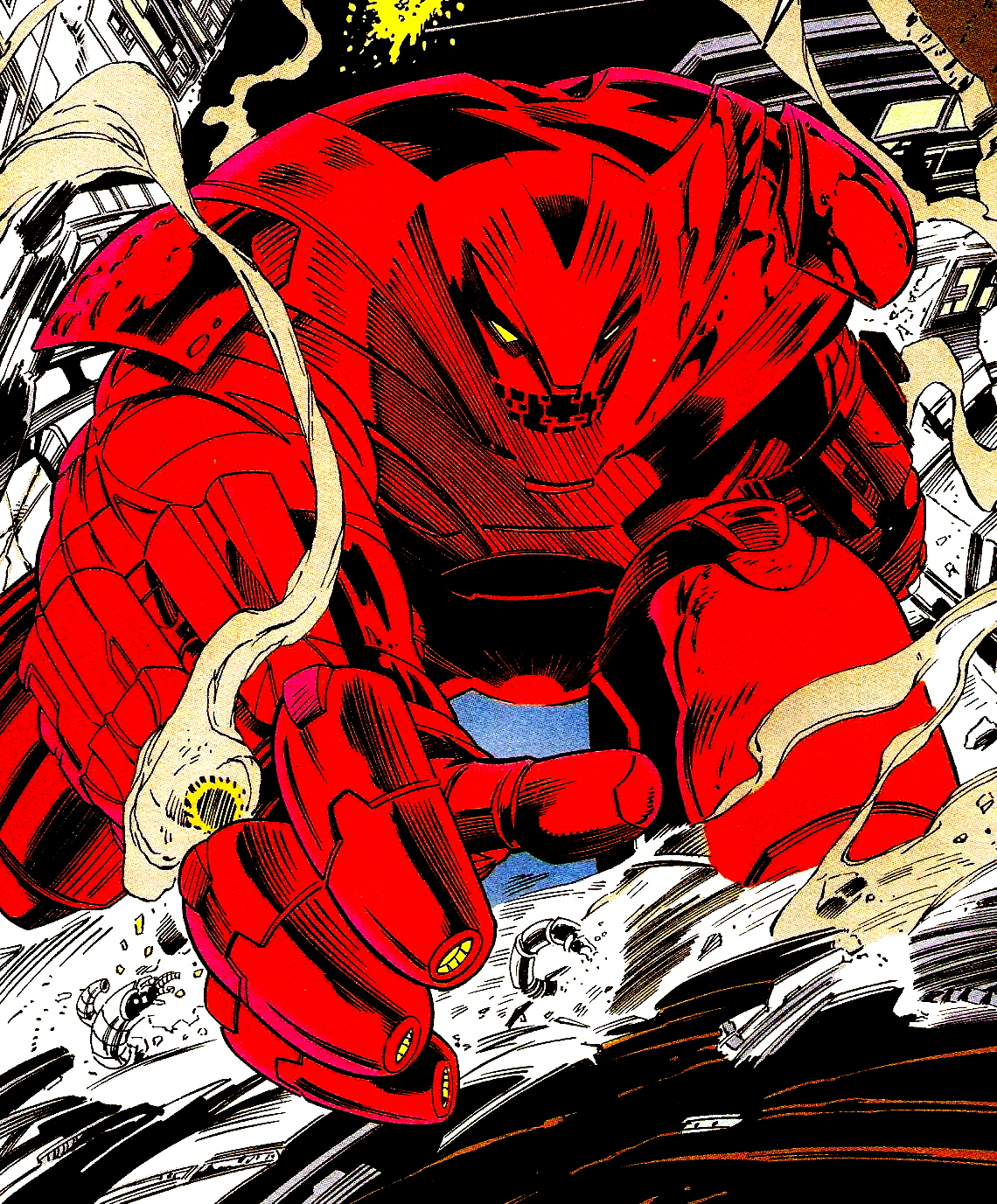
As for Mister Sinister, I personally enjoy the villain. Sinister has slowly morphed into a goofy, not-to-be-taken seriously villain; however, he was considered a legitimate threat in his initial appearances. Sinister formed the Marauders, a group that would go on to kill a decent amount of the underground-dwelling Morlocks in the “Mutant Massacre” storyline. The infamous foe also created a clone of Jean Grey, Madelyne Pryor, who would eventually give birth to Nathan Summers. Sinister roughly had powers comparable to Thanos in his original appearances. Today, the character has become meme-able and quite annoying, a transformation I’m not sure Chris Claremont would be pleased with.
Building To Something Big
Chris Claremont became notorious for building toward major arcs via subplots. Although there are too many examples to list here, it’s clear that Claremont meticulously plotted out the first forty issues of his X-Men run.
Chris Claremont’s first script was X-Men #94. Naturally, it would take a few issues to develop the characters as well as do some light world-building, but as early as X-Men #97, Claremont laid the groundwork for an arc that would carry through to #138. In X-Men #97, Xavier is plagued by strange dreams of an alien attempting to contact him. Said visions continue until X-Men #105 when the alien is eventually revealed to be Princess, and later Empress, Lilandra of the Shi’ar. Lilandra’s appearance marks the beginning of the Phoenix saga that seemingly ends in X-Men #108, but it doesn’t.
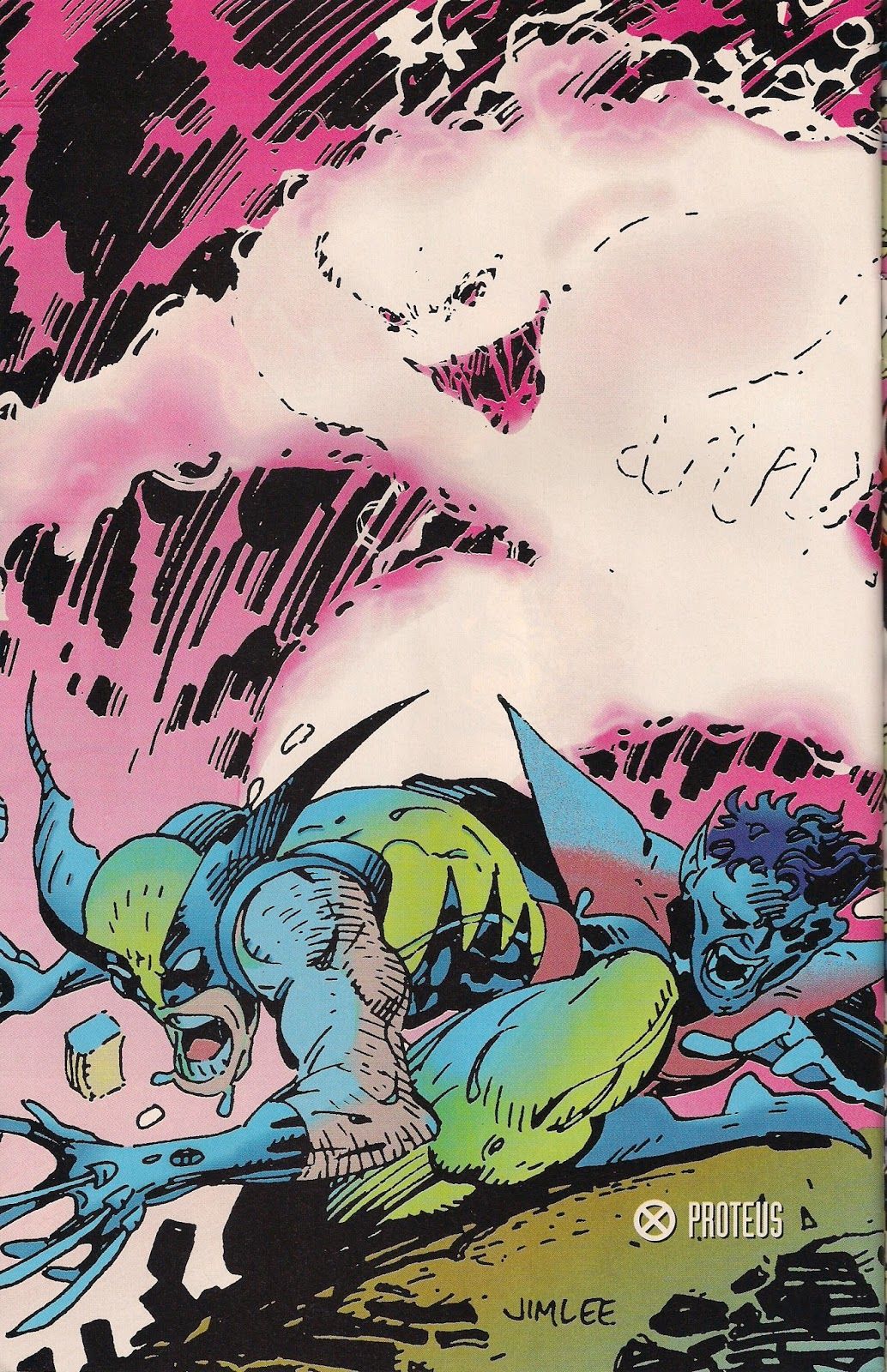
Jean still struggles to control her powers and her manifestation into the Phoenix recurs until X-Men #129 when the Hellfire Club ignites her full-fledged abilities. Thus, the Dark Phoenix Saga commences, carrying over to X-Men #138 when Cyclops leaves the team following Jean’s death. Interlaced with the first Phoenix saga is a battle with Magneto in X-Men #104. In this issue, the heroes journey to Moira MacTaggert’s lab on Muir Island only to find Magneto has escaped his super-prison. Eventually, the X-Men are forced to retreat and leave Muir Island. The issue itself is well-written, demonstrating Magneto’s omega level mutant abilities, but Claremont shows a “Mutant X” also being released from his cell in one-brief panel.
A Story For Another Time
Termed “a fine and private horror,” Mutant X makes off-page cameos throughout the next several issues with Claremont always teasing “But that is a story for another time” (X-Men #104, 110). In X-Men #126-128, the group finally faces off against Mutant X, revealed to be Moira MacTaggert’s reality-warping, demonic son. Taking on the name Proteus, Mutant X continually jumped from host to host, unable to sustain his psionic energy form without possessing a physical body. Proteus’ true identity is inevitably discerned by Wolverine.
Featuring a commensurate battle with Phoenix, the eventual showdown between Proteus and the X-Men more than lives up to its drawn-out, Claremont-induced hype. The X-Men are hard-pressed, but the tide turns when they discover Proteus’ weakness to metal. Colossus is ultimately the one who “destroys” Proteus by punching him in his energy form, permanently dispersing him.
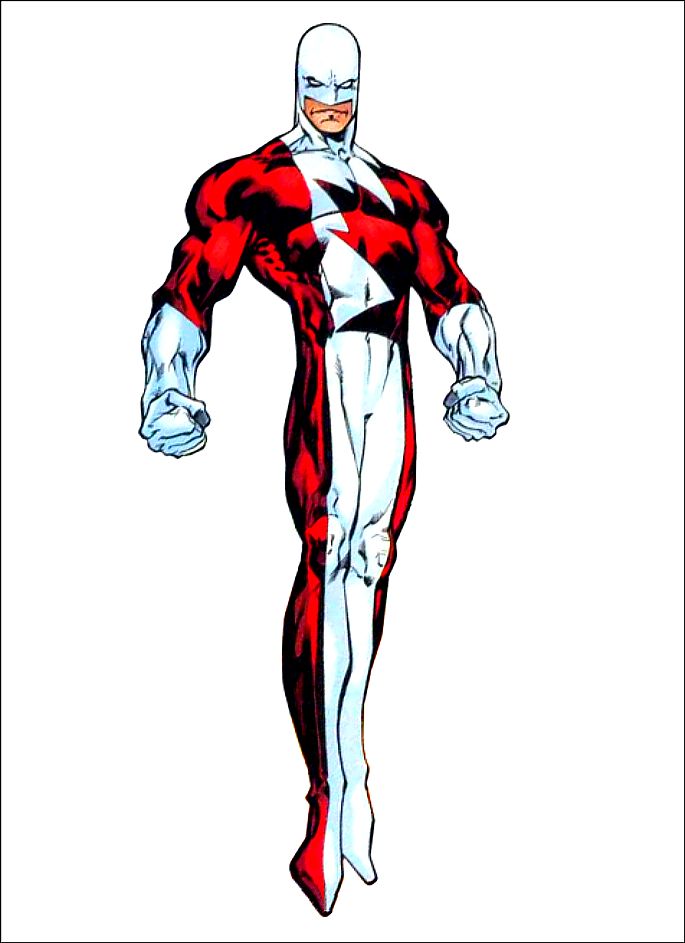
However, Chris Claremont implants yet another hatchling into his original Phoenix saga. Immediately following the X-Men’s return from battling the Shi’ar Imperial Guard, Wolverine joins Banshee, Moira MacTaggert, Colossus, and Storm for a picnic. Wolverine, being anti-social, chooses to track animals over relaxing with the team. While hunting, Wolverine is ambushed by Weapon Alpha, an employee of the Canadian government.
Although Weapon Alpha fails to fend off most of the X-Men and retreats, Wolverine warns that Alpha will return with greater numbers. Sure enough, the character returns in X-Men #120 with the newly-created Alpha Flight to recapture Wolverine. Though the story arc only lasts two issues, it’s inclusion in the series rounds out Chris Claremont’s careful shaping of his first forty-five issues on X-Men.
Bringing Diversity To The Team
Stan Lee and Jack Kirby’s original X-Men consisted of four white men and a white woman. The caveat was precisely that one of the members of the team was female. Nearly the entire first issue shows Cyclops, Beast, Iceman, and Angel gawking over Jean. The reason for this is supposed to be that the X-Men are all teenagers (i.e. raging hormones), but Jean being singled-out for her gender is in poor taste considering that Wasp and the Invisible Woman were already mainstream Marvel super-heroes. Chris Claremont saw that mutant identity and “being different” were the core of X-Men’s appeal. In response, Claremont created his own X-Men who were not only all-new, but all-different.
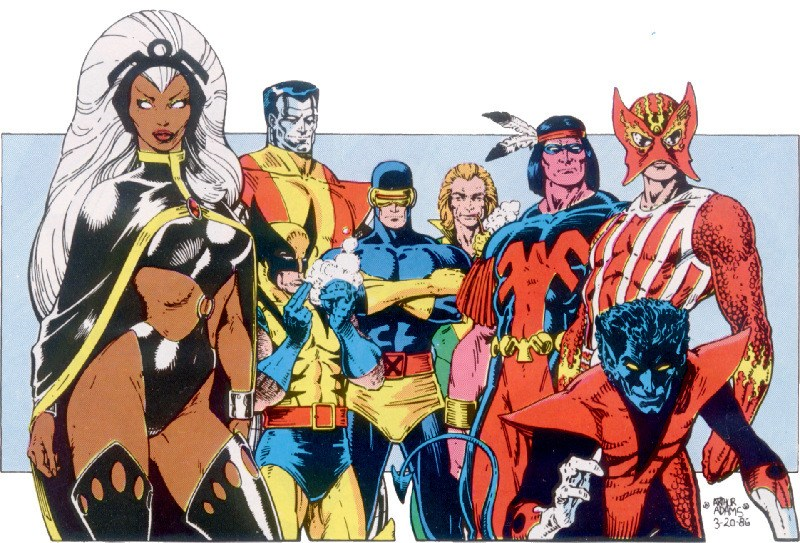
Each of Chris Claremont’s X-Men came from a country other than the United States. Colossus grew up in Russia, Banshee was from Ireland, Nightcrawler lived in Germany, Wolverine is Canadian, and Strom was born to a tribal princess of Kenya, surviving in Egypt after being orphaned. Initially, there were two other members of the team as well.
Thunderbird was a Native American with the powers of super-strength, speed, and exceptional hand-to-hand combat, and Sunfire was a Japanese super-hero possessing the powers of flight and fire manipulation. Sunfire was too hot-headed and combative to remain an X-Man, and Thunderbird was killed after only two issues. However, it has always been believed the two characters were written out due to a lack of popularity.
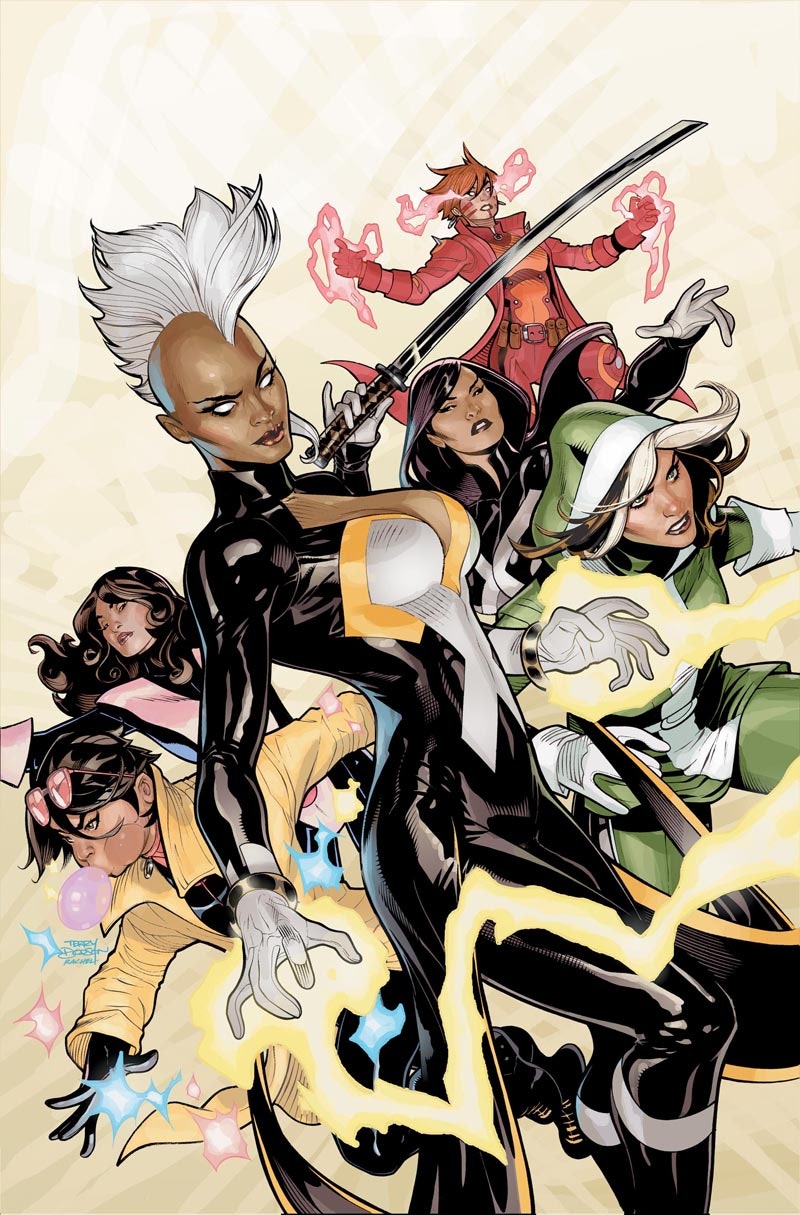
Today, the new X-Men Claremont created are all fan-favorites. At the time, however, it was quite groundbreaking to create a team entirely composed of foreigners. There was a striking lack of racial diversity in comics. Black Panther and Falcon were mostly secondary characters, and Luke Cage and Blade had only just been created two years prior to Claremont’s new X-Men. As such, Claremont deserves considerable praise for taking one of Marvel’s worst-selling books and completely changing how the team looked, interacted, and collaborated. Clearly, the change was effective.
Introducing Strong Female Characters
In the original X-Men comics, Jean Grey was consistently portrayed as the weakest member of the team. Even her alias, Marvel Girl, is somewhat belittling. Only five issues into Chris Claremont’s X-Men, Jean merged with the Phoenix force and undoubtedly became the most powerful mutant on the team.
Although Jean eventually died due to her inability to control the ultra-powerful Phoenix force, she has since been resurrected numerous times and is usually shown to be one of the X-Men’s powerhouses. In recent years, Jean’s psychic abilities have become comparable to Professor X’s. It is also worth noting that prior to Jean’s death, the X-Men would have died several times were she not there to single-handedly rescue them.
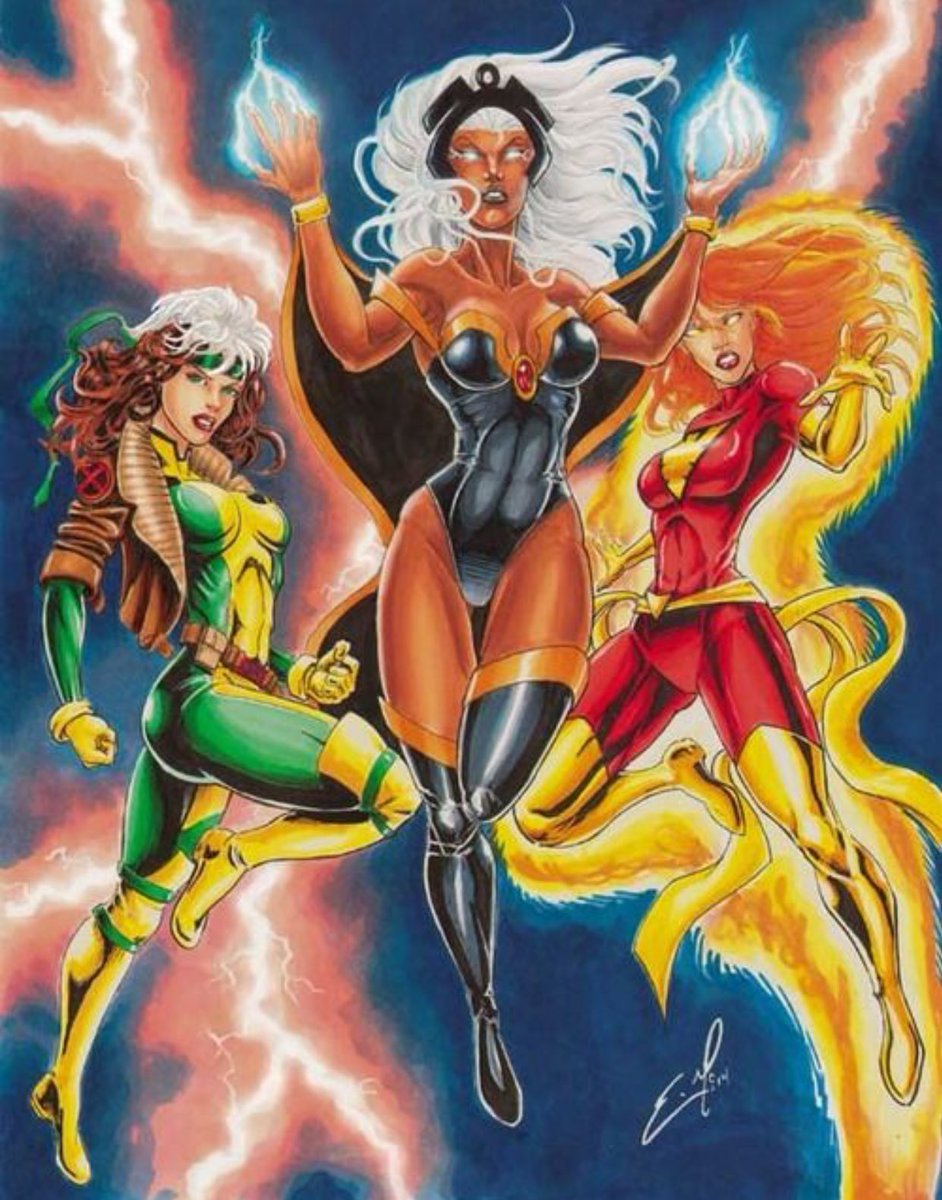
Jean Grey’s close friend, Storm, was also considered to be one of the most, if not the most, powerful member of the X-Men. Storm was a major fan-favorite from early on and has the distinction of being one of only two X-Men who appear in the entirety of Chris Claremont’s run on the series, the other being Wolverine. Storm’s prowess as a mutant and leadership position were threatened when she lost her powers in the mid-’80s, specifically X-Men #185. Storm didn’t regain her elemental abilities until over three years later in X-Men #226.
However, the change showcased Storm’s value as an X-Man, proving that she could still hold her own even without command over the weather. Although the duel was possibly influenced by Madelyne Pryor, Storm’s besting of Cyclops in X-Men #201 perhaps best demonstrated the wind-rider’s fortitude. Jean Grey and Storm are the best examples of Chris Claremont’s powerful female heroes, but numerous others arose throughout the ’80s including Emma Frost, Rogue, and Psylocke. Each possessed near-omega level powers and were never easily disposed of. One could argue that the recurring theme of female X-Men struggling to control their abilities makes the characters less empowering.
But I would contend that female mutants are almost exclusively given extreme powers. In fact, the ultra-powerful female super-hero has remained a steadfast trend, namely with Avengers’ Scarlet Witch, Teen Titan’s Terra, and more recently Captain Marvel. In a comic book world that was once dominated by powerful male superheroes, specifically Superman, the change is both welcome and fun to read.
Wolverine: ‘Nuff Said
Chris Claremont really put his best foot forward when it came to developing characters. However, Wolverine took the longest to delve into and explore. In most of Claremont’s early issues, Wolverine is mostly a one-dimensional naysayer. Nonetheless, Wolverine became a team player and one of the strongest advocates for the X-Men’s continuation. It was believable that Wolverine would remain with the team until the very end. Tough-as-nails and always willing to scrap, Wolverine believed in what the X-Men stood for, perhaps more than any other member. Where fellow X-Men fell prey to evil alliances and temptation, Wolverine remained unfazed. Despite his bigotry and obnoxious attitude, Wolverine consistently demonstrated a strong moral compass.
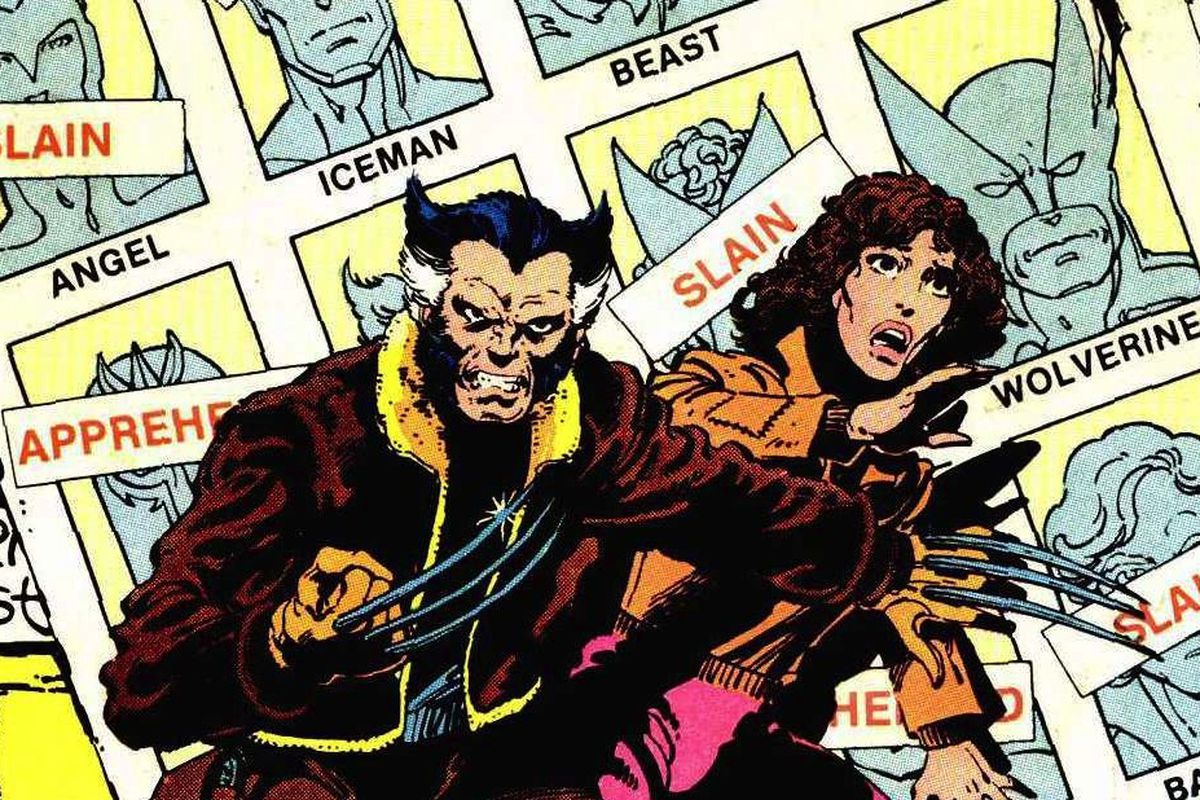
Over the years, the aggressive and cold Wolverine became one of the moodiest members of Chris Claremont’s X-Men. His worldly past, ranging from a Japanese marriage to a torturous experiment by William Stryker, made the character sympathetic and just plain interesting. His quiet affection for Jean Grey later became a staple of the character’s history. While the dynamic between the two was a bit trite, it was effective and believable. Wolverine was always a loner, and he wasn’t supposed to be particularly attractive. Thus, Wolverine’s acceptance into the X-Men and the team’s protection of him enabled the anti-hero to become emotionally attached. The result led to Wolverine becoming one of the most iconic and beloved characters in recent comic book history.
The Ultimate Legacy
I could talk ad infinitum about Chris Claremont’s impact on X-Men. I believe that Claremont’s run on X-Men is unparalleled. No one has written X-Men for as long as him. No one has so radically transformed the team since, bringing mature concepts into a magazine that was thoroughly underdeveloped. No one has developed so many iconic characters at once, and it would be incredibly challenging to do so. Claremont took the gifted youngsters and made their adventures gifts to youngsters everywhere.
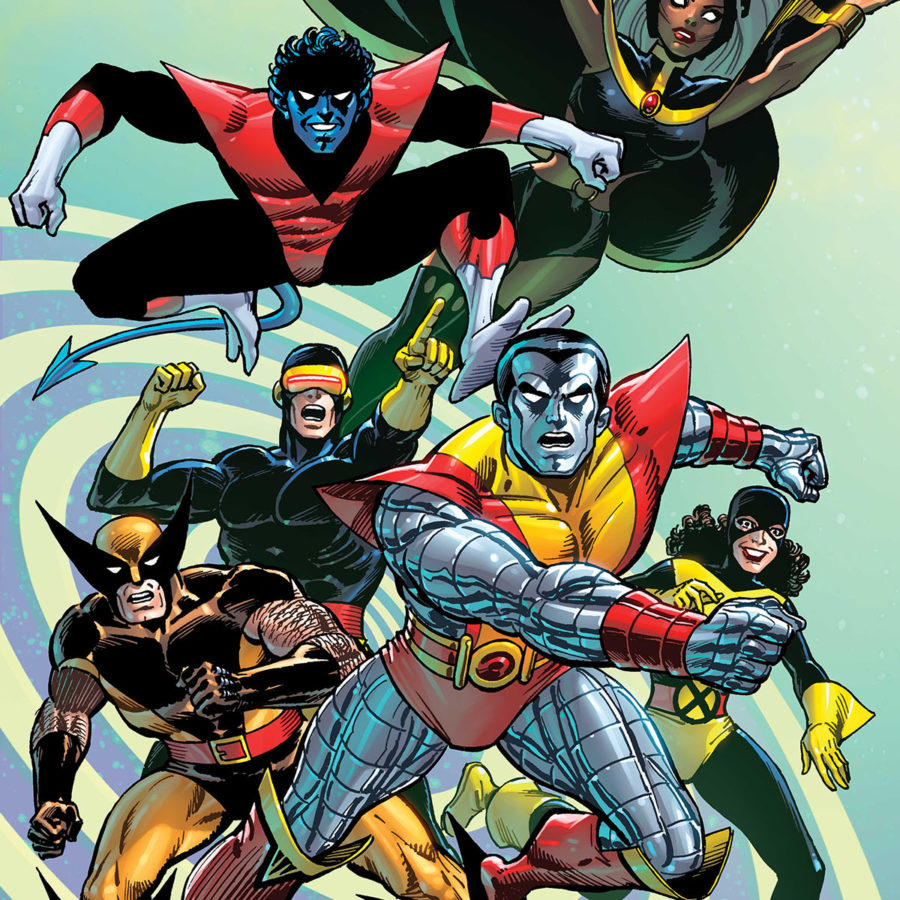
Chris Claremont rescued X-Men from near extinction, and every writer who takes the team a step further is standing on his shoulders. Although Claremont’s historic run on the title ended nearly thirty years ago, his storylines are still reinterpreted and mimicked today. Numerous current iterations of the team still use the same core members Claremont developed in the 70’s and 80’s. The legacy he left will not soon be forgotten. But, who knows? Maybe one day X-fans will discuss Jonathan Hickman’s current X-Men run in a similar capacity. That, however, is a story for another time.
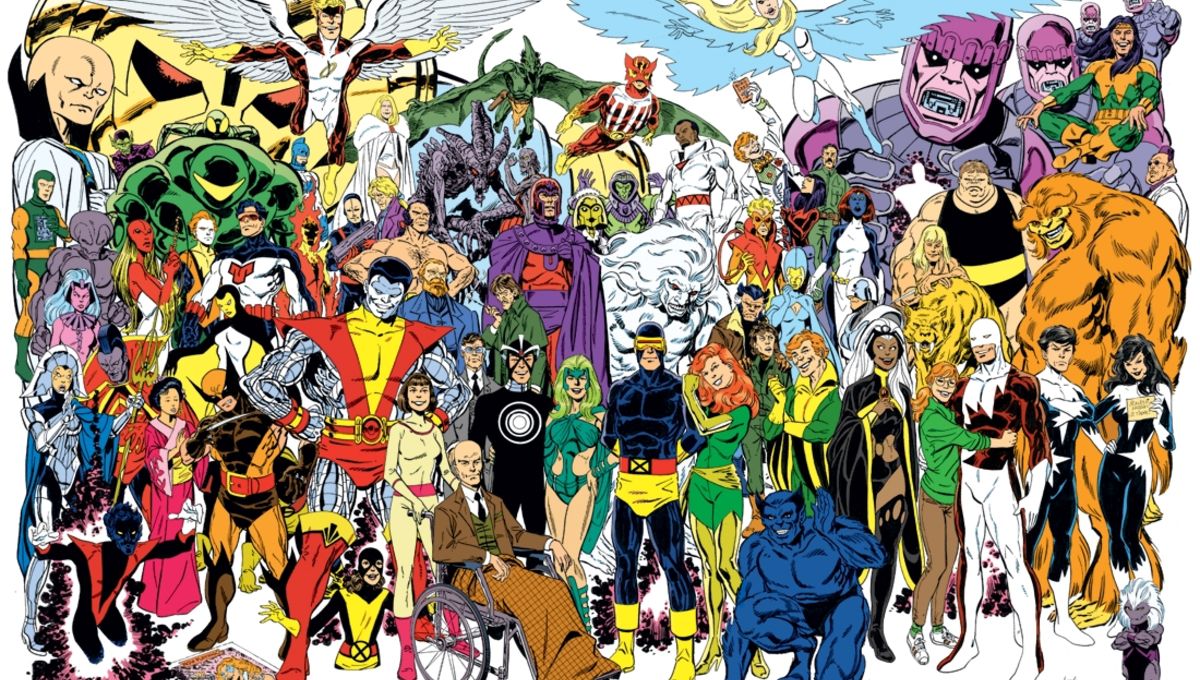
The iconic cover of the middle-aged Wolverine will always bring a smile. Claremont was so great that he let them go out swinging in that issue. What more can you really ask for? Heroes. Claremont doesn’t get enough credit for being talented. This is a most worthy tribute.